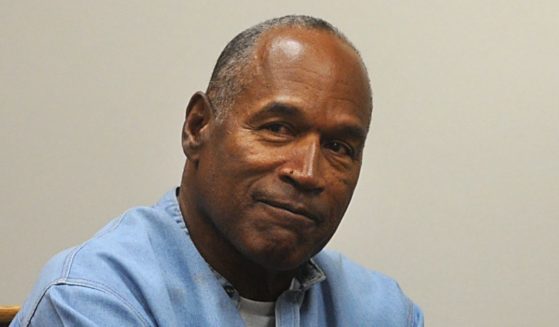New Drug 'Tranq' Explodes in US Cities - Telltale Wounds Can Be Seen Sprouting on Users
Just when we thought America’s opioid crisis couldn’t get much worse, we learn that the veterinary tranquilizer xylazine, known on the streets as “tranq,” has made its way into the drug supplies of U.S. cities in recent years.
Drug dealers have begun cutting fentanyl and heroin with xylazine, and one of the most visible results has been the sprouting of lesions all over the bodies of those who’ve ingested the drug.
STAT’s Andrew Joseph published a story on the growing use of xylazine in Philadelphia last week. He reported that wound care stations are now a standard part of city outreach efforts. At a recent event, a volunteer nurse told Joseph the wounds look like something is “eating away your flesh from the inside out.”
Jen Shinefeld, a Philadelphia Health Department epidemiologist, told STAT, “The wounds, for lack of a better term, are gnarly.”
Joseph pointed out that these abscesses are occurring in users regardless of how they ingest the drug. In other words, they are not caused by injection site infections and can appear anywhere on a drug user’s body.
He wrote, “Doctors and people who’ve been affected are giving presentations complete with images of gruesome wounds that have taken over people’s limbs, with stretches that have turned black — a sign of necrosis, or dead tissue — and where skin has sloughed off.”
Describing a wrist wound on a 38-year-old drug user at the outreach event, Joseph wrote, “A swollen lump was intruding into Bret’s hand, while at the center of it, a white ring of skin surrounded an open sore. This was actually an improvement. About two weeks ago, Bret said, he had gone to the hospital to get it treated.”
He continued, “In more than a decade of IV drug use, Bret said, he had never had any issues with wounds before, but in the past two years, ‘that was the second abscess I’ve gone to the hospital for.'”
These people are not exaggerating the horrific nature of this affliction. Photographs of “xylazine-induced” wounds, which the National Institutes of Health refers to as skin ulcers, can be viewed in an August NIH study. A warning: The squeamish among us should skip this. I wish I had.
In the spring, The Philadelphia Inquirer interviewed James Sherman, who until last year was one of the many homeless drug addicts in the city. He currently works for Savage Sisters, a nonprofit that runs four city recovery homes.
Toward the end of his drug use, he noticed “a small wound on his leg — where he never injected drugs — that took months to heal.”
Sherman said, “I would inject in my neck, but these wounds were coming out on my hands and legs. It would scab up, and you would rip the scab off and it would be like a crater under your skin, like it’s eating your flesh. I was like, ‘What am I putting in my body?’”
The Inquirer reported, “Antibiotics — and, eventually, recovery after a stint in jail — allowed those wounds to heal. But he still has the scars — thick, round, raised patches of pale tissue on his legs and hands.”
In addition to the skin conditions caused by xylazine, an overdose is harder to reverse when this drug is part of the mix, according to the Inquirer. It also causes users to black out.
Sherman, a fentanyl user, told the outlet that by 2020, the drug’s effect on him was changing. “I would go to my normal spot, do a shot, and then get knocked out.”
The Health Department’s Shinefeld explained the reason: “Philly used to be known for the purity of the heroin we had. Once heroin became less available, we became more of a fentanyl-based city. Fentanyl has a shorter half-life. It’s a much quicker high.
“Tranq gives fentanyl longer legs, the longer-lasting high. That’s why it was initially added to fentanyl — to help mimic that traditional heroin high. But it doesn’t give you the happy hug that an opioid would give you. It causes people to black out, not remember things.”
Although the use of this drug is escalating in many U.S. cities, Philadelphia is considered the epicenter of the crisis. A fact sheet about xylazine published by the city’s health department states that in 2021, this agent was found in more than “90% of dope samples tested.”
The addition of tranq to opioids, the fact sheet says, began in Puerto Rico, where it was known as anestesia de caballo (“horse anesthetic”). The Health Department warns, “When tranq is mixed with another drug (like fentanyl, heroin, or a benzo), the chance of overdose increases.”
The introduction of xylazine is simply the latest development in America’s intensifying drug crisis. Opioids are withering our young adults. Entire neighborhoods of our greatest cities have morphed into zones virtually dedicated to drug users and sellers. And people are dying.
This crisis has been exacerbated by the Biden administration’s open border policy, which has allowed unprecedented quantities of dangerous drugs to flow into our country.
But don’t ask President Joe Biden to do anything about it. As he said on Tuesday, he has “more important things” to worry about.
Truth and Accuracy
We are committed to truth and accuracy in all of our journalism. Read our editorial standards.












